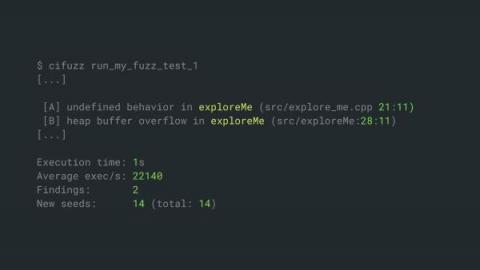Automotive Software - ISO 21434 Compliance Simplified
The modern vehicle comes equipped with a variety of software systems. Especially features that connect it to the outside world, such as online updates, fleet management and communication between vehicles, offer attack surface. The security of automotive software is crucial, not only because bug-induced call-backs are costly, but also because the well-being of passengers depends on it.










